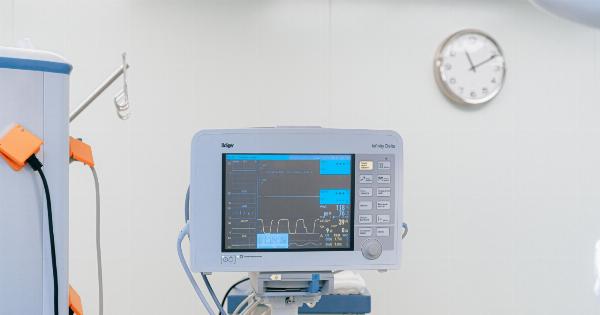Diabetes, a chronic disease characterized by high blood sugar levels, affects millions of people around the world. It can lead to various complications if not managed properly, such as heart disease, kidney failure, and nerve damage.
However, recent breakthroughs in diabetes treatment have given hope to patients looking for an effective way to control their condition. One innovative treatment method has shown remarkable results, providing a two-year diabetes brake for individuals.
Understanding Diabetes
Diabetes is a metabolic disorder that occurs when the body fails to produce enough insulin or cannot effectively use the insulin it produces.
Insulin is a hormone that regulates blood sugar levels and allows glucose to enter the body’s cells, where it can be used for energy. When insulin is not functioning correctly, blood sugar levels rise, leading to hyperglycemia.
The Impact of Diabetes
Uncontrolled diabetes can have severe consequences for a person’s health. Over time, high blood sugar levels can damage blood vessels and organs, increasing the risk of heart disease, stroke, kidney failure, and vision problems.
Additionally, diabetes can cause nerve damage, leading to poor circulation and a higher susceptibility to infections and slow wound healing.
Traditional Diabetes Treatments
For many years, diabetes management has relied on lifestyle modifications and medications.
These treatments focus on controlling blood sugar levels through a combination of diet, exercise, and glucose-lowering medications, such as insulin injections or oral medications. While these methods have proven effective for some patients, others struggle to achieve optimal blood sugar control, leading to the search for alternative treatments.
The Breakthrough
A groundbreaking treatment, known as islet cell transplantation, has shown promising results in providing a two-year diabetes brake for individuals. Islet cells are clusters of cells in the pancreas that are responsible for producing insulin.
In this procedure, islet cells are harvested from a donor pancreas and transplanted into the recipient’s liver.
The Procedure
Islet cell transplantation involves a multi-step process that starts with the selection of a suitable donor pancreas. Once a donor is identified, islet cells are isolated from the pancreas and prepared for transplantation.
The recipient undergoes a minimally invasive procedure under local anesthesia to have the isolated islet cells infused into their liver.
How it Works
After the islet cells are transplanted, they begin producing insulin, effectively regulating blood sugar levels in the recipient’s body.
This allows the individual to experience a significant reduction in the need for insulin injections or other glucose-lowering medications. The transplanted islet cells continue to function for an extended period, typically providing a two-year diabetes brake.
Patient Success Stories
Many patients who have undergone islet cell transplantation have reported significant improvements in their quality of life. They no longer need to measure blood sugar levels constantly, take insulin injections, or adhere to strict dietary restrictions.
These positive outcomes have positively impacted their emotional well-being and overall health.
Challenges and Limitations
While islet cell transplantation shows great promise, it is not without challenges and limitations.
The availability of suitable donor pancreases is limited, and there is a risk of rejection, requiring the recipient to take immunosuppressive medications. Additionally, this treatment may not be suitable for all individuals with diabetes, as it is currently recommended for those with severe hypoglycemia unawareness or difficult-to-control blood sugar levels.
Future Possibilities
Advancements in medical research continue to improve the effectiveness and accessibility of islet cell transplantation.
Researchers are exploring ways to increase the availability of donor pancreases, develop better immunosuppressive medications, and enhance the overall success rate of the procedure. These advancements hold the potential to provide longer-lasting diabetes brakes and extend the benefits to a larger population.
Conclusion
The innovative treatment of islet cell transplantation has brought new hope to individuals with diabetes who struggle to control their blood sugar levels.
This groundbreaking procedure offers a two-year diabetes brake, reducing the reliance on insulin injections and glucose-lowering medications. While there are challenges and limitations, ongoing research and advancements in the field hold the promise of even better outcomes and improved quality of life for people living with diabetes.






























